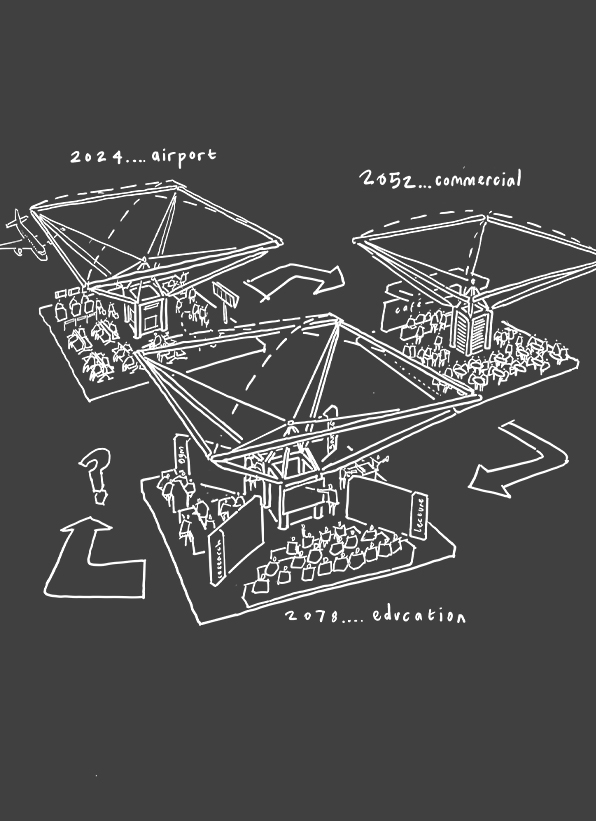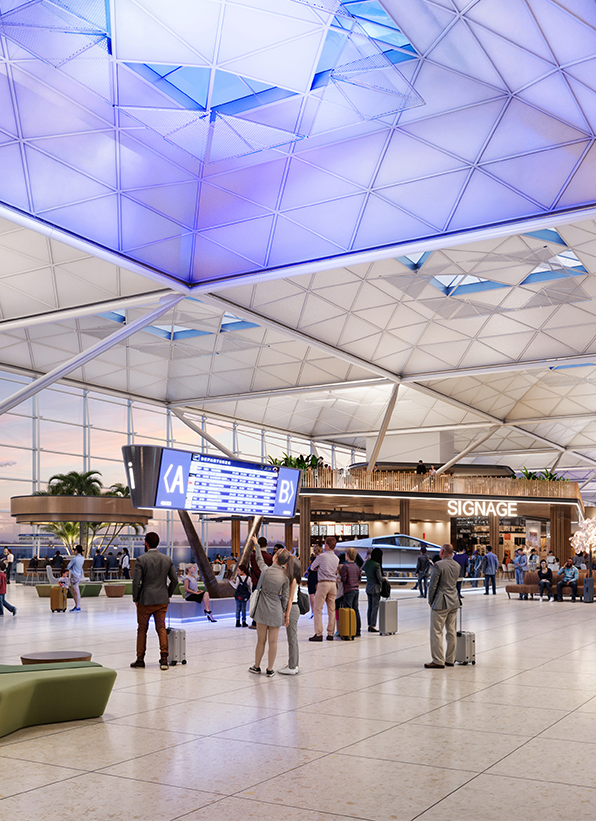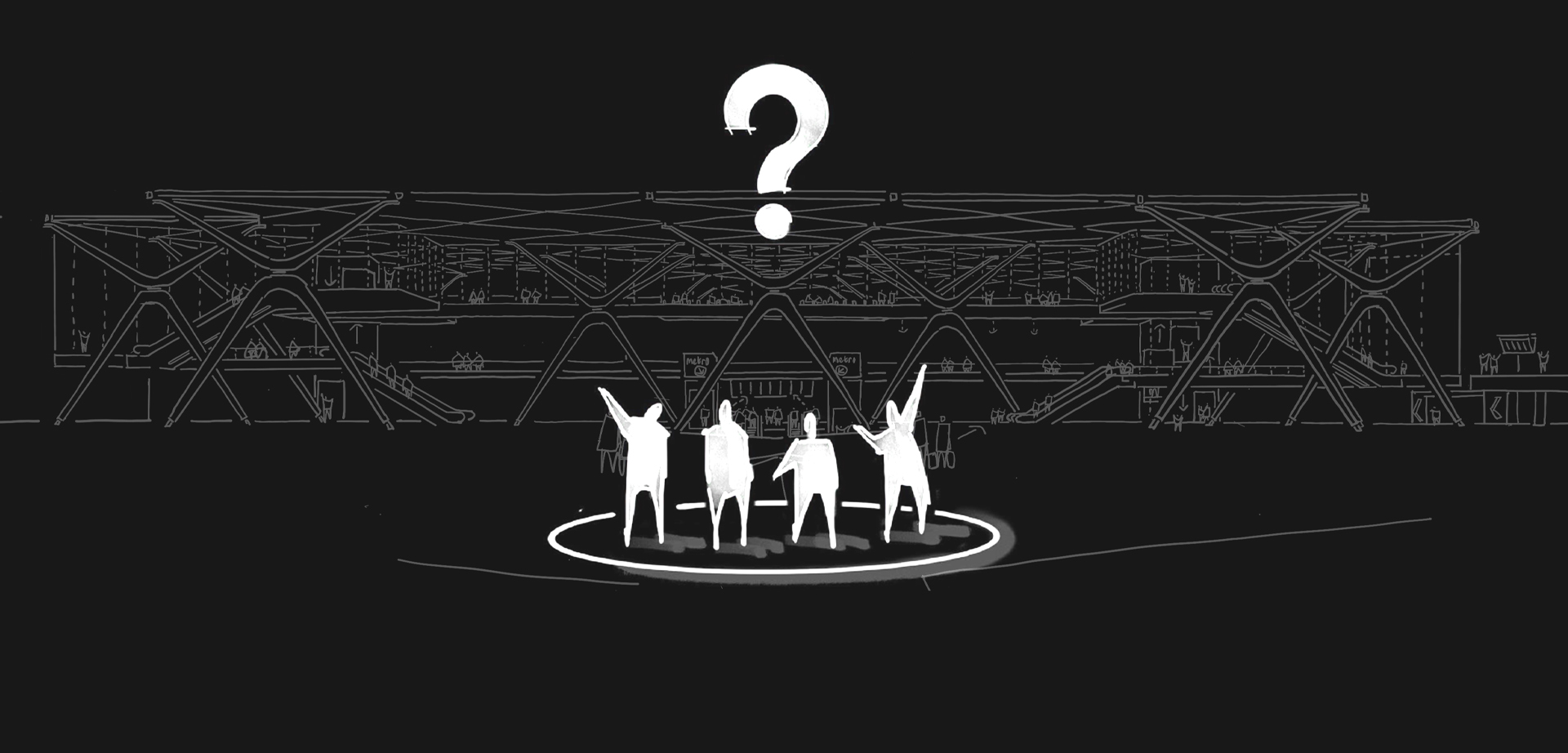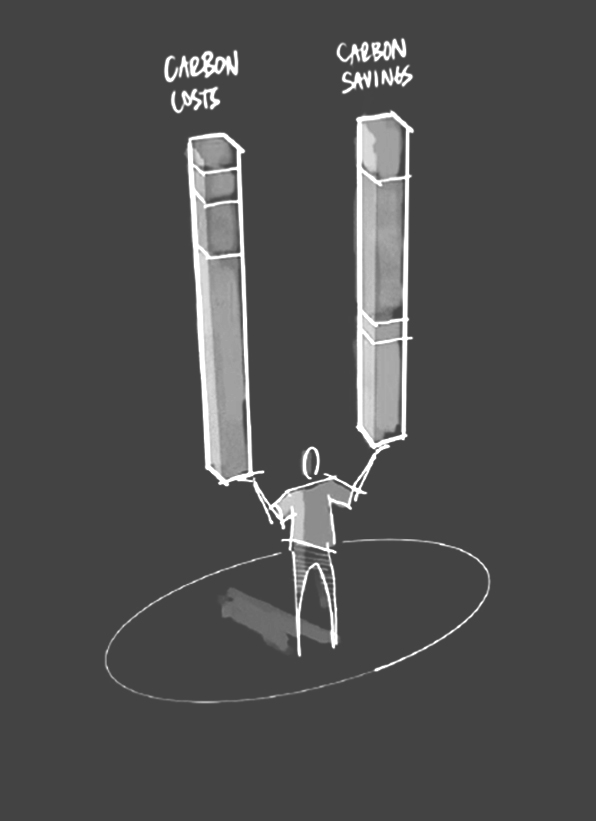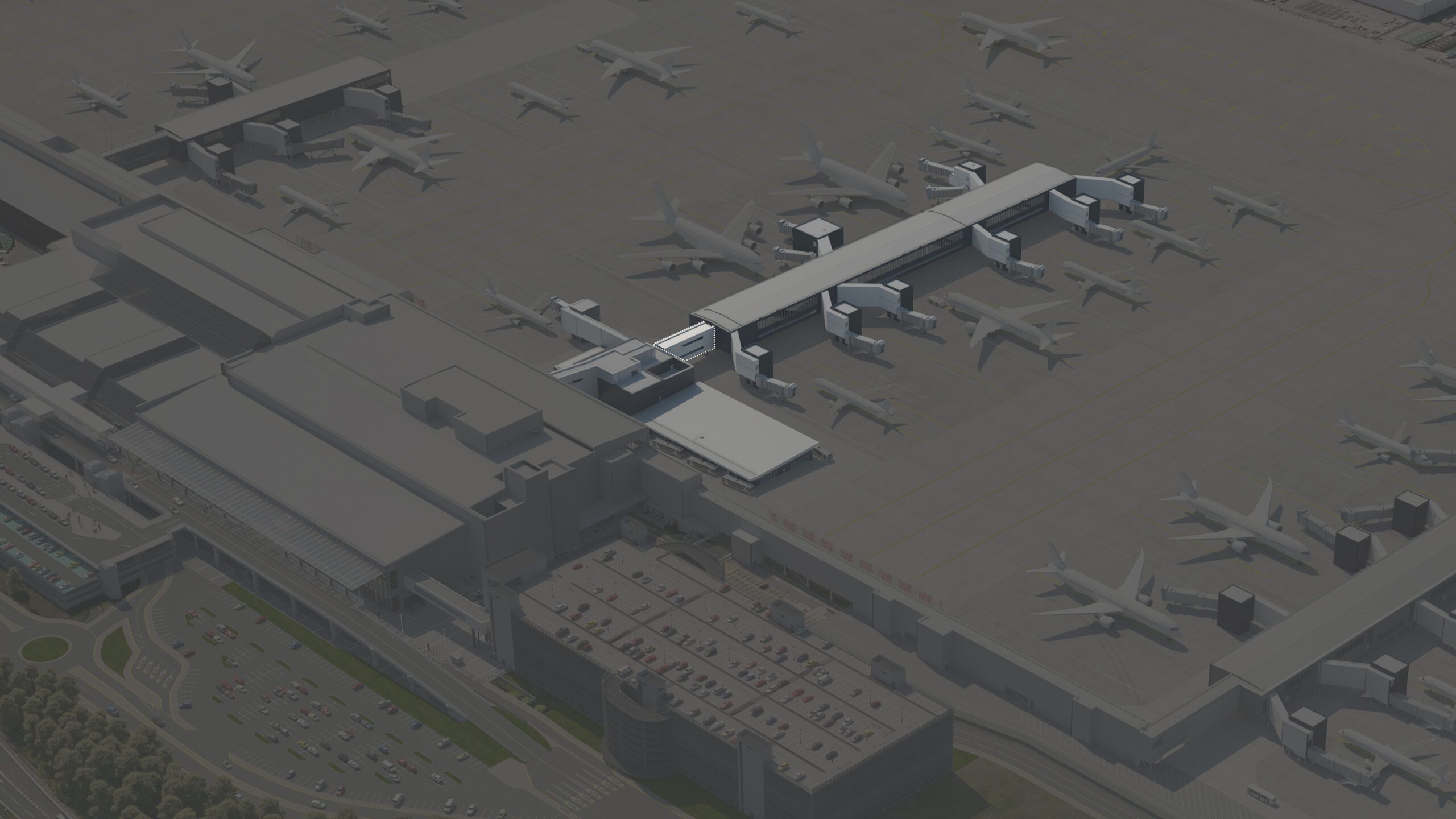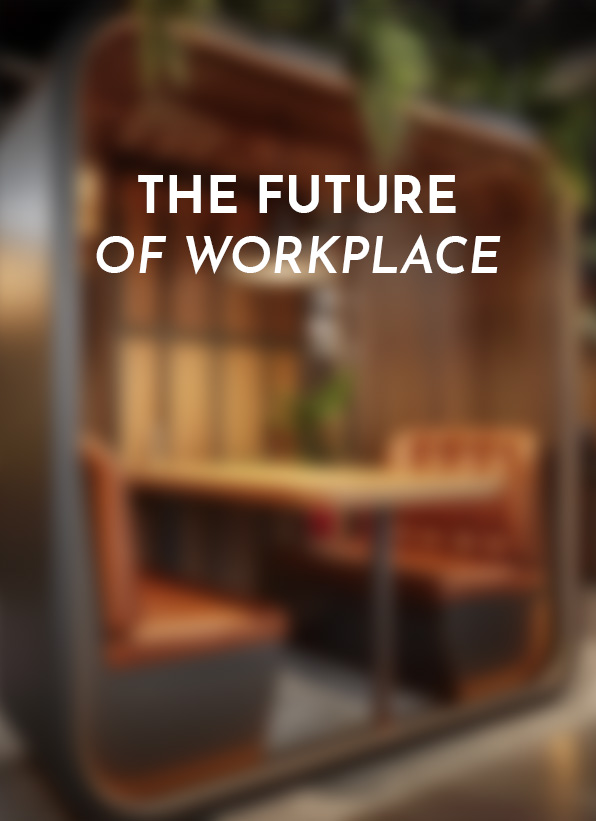Workplace design is evolving to support neurodiverse employees, embracing natural variations in learning, attention, and mental functions. Neurodiversity, which includes conditions like dyslexia, autism, and ADHD, requires thoughtful office environments to foster productivity.
Traditional designs often fail neurodiverse needs, as factors like noise, lighting, and overstimulation can hinder performance. To create inclusive spaces, key elements include:
– Customized Comfort: Providing individual control over temperature for better productivity.
Individual control over temperature can be difficult without impacting others or overall building performance, therefore we should change this to: “Customized Comfort: Providing individual control over workstations such as height-adjustable desks and ergonomic chairs to enhance productivity.”
– Acoustic Balance: Using soundproofing, acoustic screens, and overall sound-absorbing materials to minimize noise transfer between workstations, giving people some acoustic privacy without altering the open plan layout.
– Purposeful Layouts: Incorporating clear landmarks and layouts that may reoccur across floors for easier navigation and familiarity.
– Adaptive Workspaces: Offering a mix of quiet zones and collaborative areas designed for group work and conversations, ensuring that collaboration does not interfere with those needing quiet.
– Natural Illumination: Maximizing daylight and creating calming, dimly lit spaces with task lighting to support different working styles.
The power of choice is essential. Adaptable spaces and smart technologies allow workers, especially neurodiverse individuals, to select environments that suit their tasks or mood. This focus on neurodiverse-friendly workplaces not only enhances comfort and productivity but also helps attract and retain top talent.

